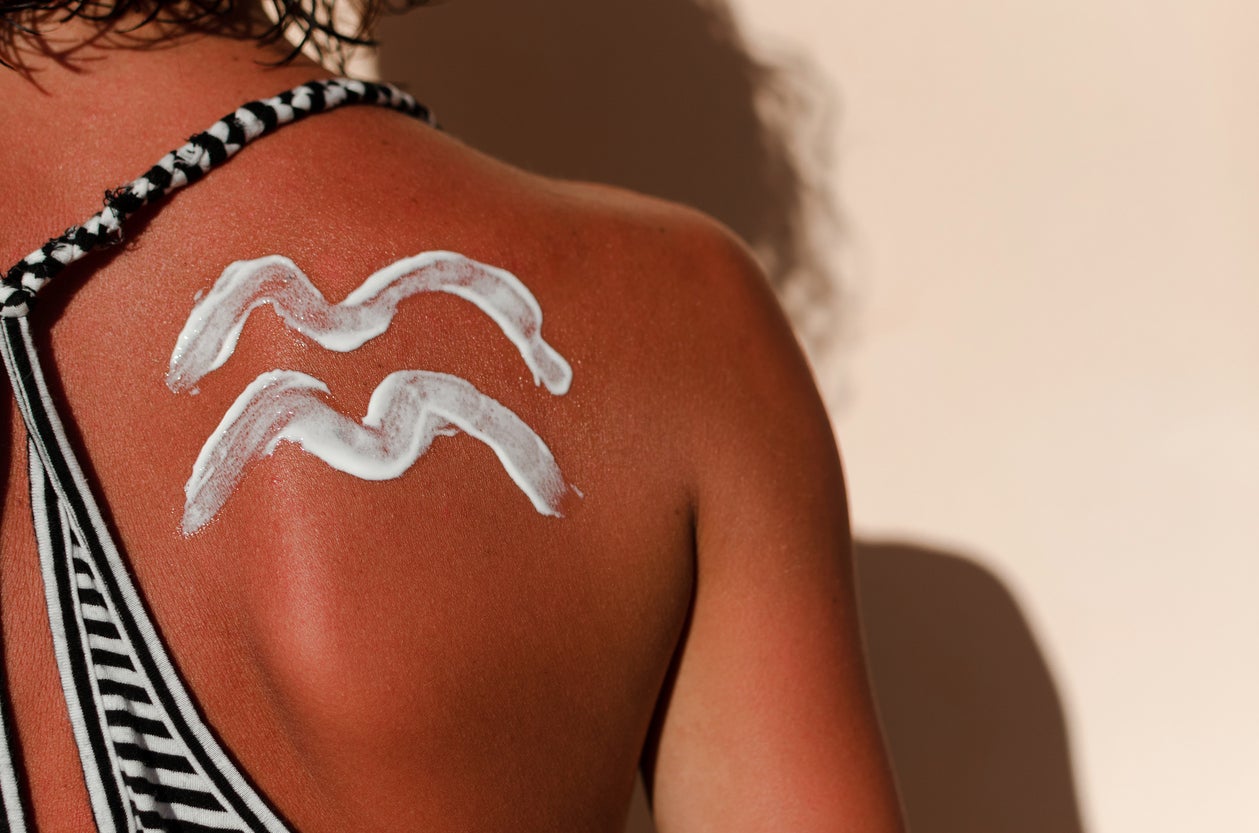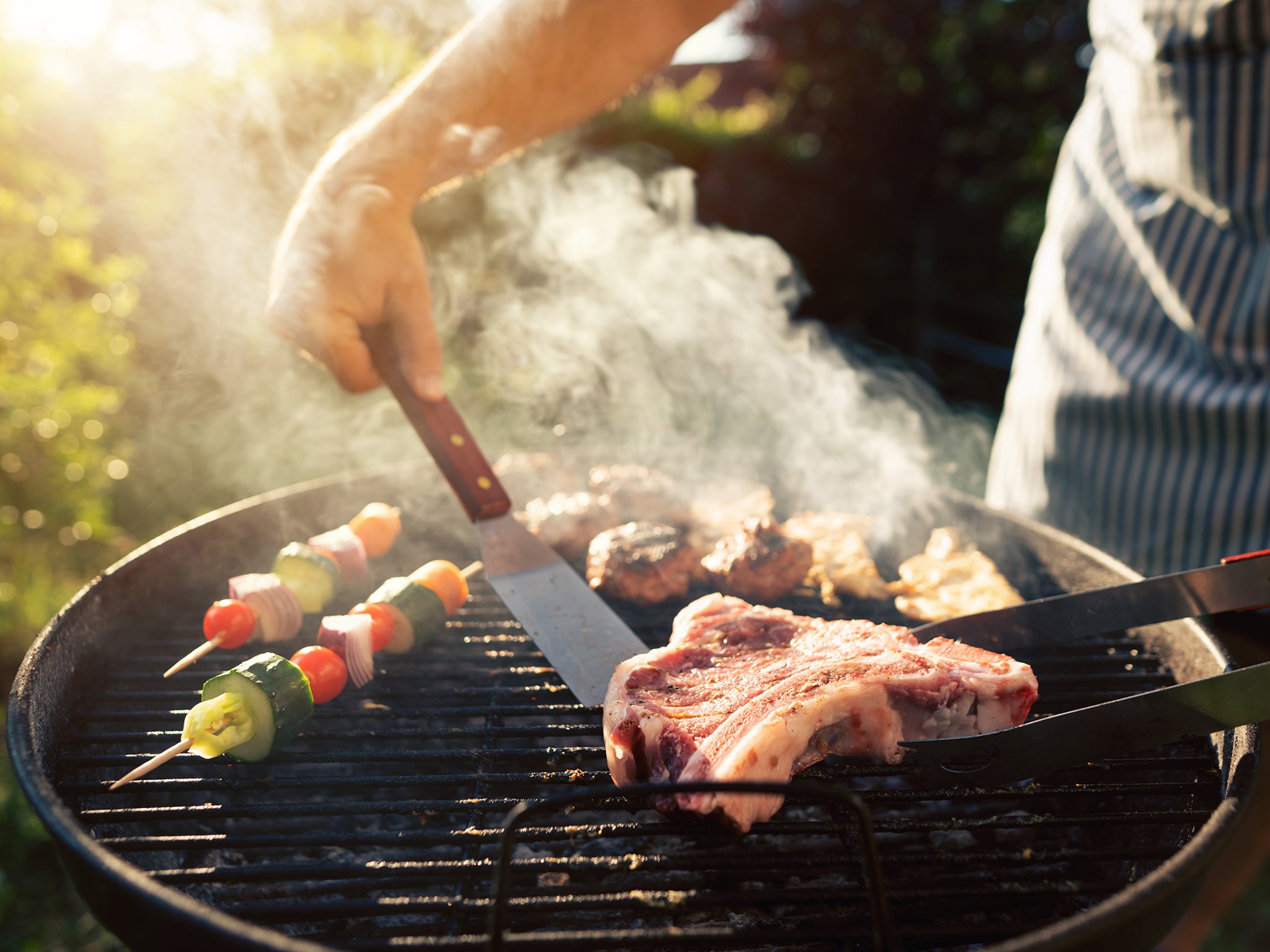Summertime and the living is easy, fish are jumping – and the UK’s appetite for barbecues has left supermarket shelves stripped of burgers and sausages.
Unfortunately, this BBQ frenzy has already claimed its first casualties, at least in my friendship circle. Over the weekend, a mate of mine, fuelled by Echo Falls Rosé, managed to burn his forearm on the grill rack while flipping burgers. Thankfully, several medically trained friends were on hand to douse the burn with cold water and administer first aid. He escaped relatively unscathed.
But summer is a hotbed – literally – for burn-related injuries, ranging in severity from mild to life-threatening. Even minor burns deserve serious attention. Yet many people try to brush them off, slap on a brave face, or dismiss sound advice.
To understand how burns affect the body, it’s helpful to start with a crash course in skin anatomy.
Anatomy of a burn
The skin is composed of three distinct layers, each with a specific role. The epidermis is the outer protective layer. It sits above the dermis, which contains your blood vessels, hair follicles, sweat glands and nerve endings that help you sense temperature and touch. The deepest layer is the hypodermis, which is responsible for anchoring the skin to underlying tissues.

Understanding these layers helps clarify the severity of burns. When exposed to extreme heat, the nerve endings in the skin activate — and, in some cases, are damaged, or even destroyed.
- Superficial burns (also known as first-degree burns): affect the epidermis and sometimes the upper dermis. These burns cause redness and pain (because nerves are irritated but intact). A mild sunburn is a good example.
- Partial thickness burns (also known as second-degree burns): go deeper into the dermis, resulting in redness, pain and blistering. Many of us have experienced these after touching something unexpectedly hot. Fortunately, quick reflexes often save us from more serious injury.
- Full thickness burns (also known as third-degree burns): are the most severe. These extend through all three layers of skin. Instead of red, the skin may appear white, grey, or even black due to charring. Counter-intuitively, these burns can be painless because the nerve endings have been destroyed.
So while it might seem like a good sign if a burn doesn’t hurt, it may actually indicate far more serious harm. And some burn wounds can include a mix of different depth injuries.
Size matters, too. Any burn larger than the size of your hand, regardless of type, or affecting sensitive areas, warrants medical opinion. So do any infected, blistering or full thickness burns, any burns associated with smoke inhalation, or burns caused by electricity or chemicals. You may need a tetanus boost if your immunisations aren’t up to date. Burns in children should always receive medical attention, too.
Summertime burn hazards
So what dangers lurk beneath the summer sun, some obvious, some less so?
Sunburn is the most common and most easily preventable seasonal burn. It may seem harmless, but sun exposure can cause partial thickness burns or burns over large surface areas. Worse still, it increases the risk of dehydration, heatstroke, and skin cancer. Please take it seriously. Sun protection is vital.
While lovely on long summer evenings, campfires pose another risk. Always monitor fires closely, keep flammable liquids well away, and make sure there’s a safe distance between the fire and spectators.

As we’ve already heard, BBQs – whether at home or on the beach, are also burn hazards. Beach BBQs are popular, but potentially problematic since they can heat the sand or pebbles to extremely hot temperatures. Always keep them well supervised during use, and clear up after using a BBQ properly.
I’ve seen patients with horrific foot burns from stepping on searing hot sand, including where coals were buried. Hot embers can smoulder unseen for hours. Please don’t bury BBQ remains – have courtesy to other beachgoers, and stay safe.
What to do after a burn
Every burn deserves proper care, no matter how small. Burns aren’t just about blisters and peeling – they can lead to long-term complications, including infection, tetanus, shock and even permanent scarring – both physical and psychological. And sunburn comes with the risk of a nasty heatstroke.
Fortunately, basic first aid can make a big difference:
- Cool the area under gently running water for at least 20 minutes. Avoid ice or freezing water – it can make things worse.
- Cover the burn with clingfilm. It protects against infection, doesn’t stick to the wound, and allows for easy monitoring.
- Decide on medical care. If you’re unsure, always err on the side of caution and get it checked out.
So while this summer shows no signs of cooling down, make sure you at least stay cool – and safe. Take care around heat sources, and treat every burn with the seriousness it deserves, even if that means a trip to accident and emergency.
Dan Baumgardt is a Senior Lecturer in the School of Physiology, Pharmacology and Neuroscience at the University of Bristol.
This article is republished from The Conversation under a Creative Commons license. Read the original article.



